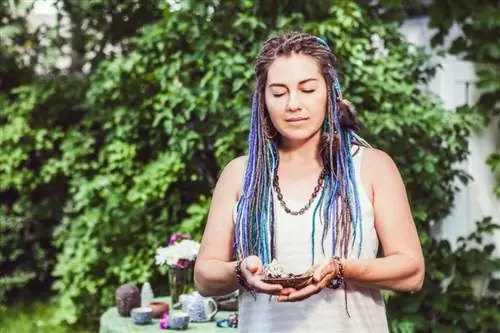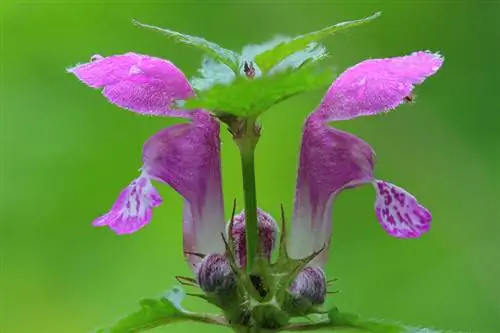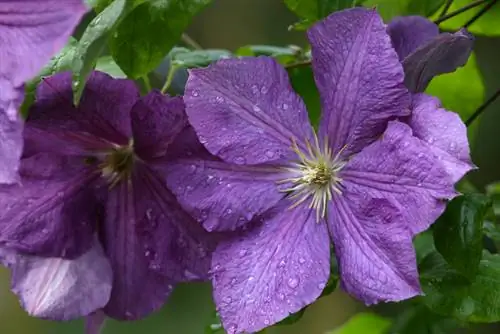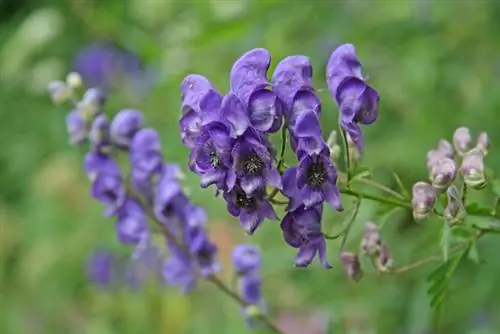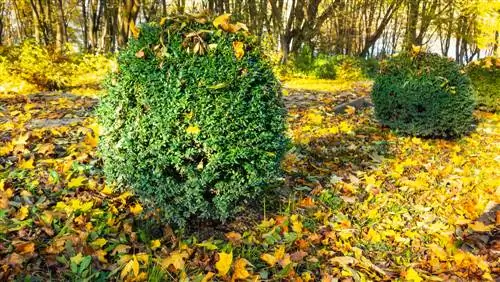- Author admin [email protected].
- Public 2023-12-16 16:46.
- Last modified 2025-01-23 11:20.
Sage is represented worldwide with hundreds of species and varieties. This arouses curiosity for more information about this aromatic globetrotter. Browse here for interesting details about origin, occurrence and special features.
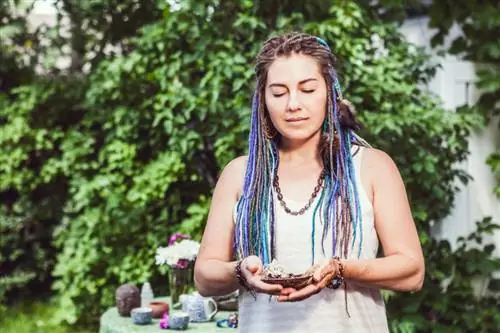
Where does sage originally come from?
Sage has its origins in the sunny Mediterranean region and is now widespread worldwide. The over 900 species of sage include around 500 in Central and South America, 250 in Asia and the Mediterranean, as well as other species in countries such as Peru, China and Madagascar.
Where did sage originate?
To determine the origins of sage, we have to go far back in history. The ancient Romans and Greeks already attributed magical healing powers to the spicy herbal plant. Sage originated in the sun-drenched Mediterranean region and began a centuries-long triumph around the globe.
Which countries does sage occur in?
Globe travelers will encounter the popular herb wherever sage finds a dry location in a tropical to temperate climate. This is how the occurrence of the more than 900 species is distributed at a glance:
- Central and South America: 500 species
- Asia and the Mediterranean: 250 species
- Peru: 94 species
- China: 84 species
- Bolivia: 34 species
- Pakistan: 16 species
- Nicaragua: 13 species
- Panama: 10 species
- Madagascar: 6 species
Regardless of the botanical-systematic distinction, the types of sage are very similar in appearance. Rather, notable differences lie in the composition of their ingredients. While the essential oils dominate in real sage, other types impress with components for alternative processing. Clary sage, for example, is often used in perfume production due to its special amber aroma.
Outstanding features
In order to identify common sage by its external appearance, the following characteristics are important:
- Sage thrives as an evergreen subshrub
- The height ranges from 50 to 90 centimeters
- The woody stems at the bottom are slightly square
- The lanceolate to egg-shaped leaves are 5-9 centimeters long
- Silvery velvety hairs cover the young leaves
- Older sage leaves become bald
- White, pink or purple lip blossoms thrive from May to July
Following the flowering, small brown seeds develop containing the black seeds. Before winter, the plant pulls in its above-ground stems and leaves to overwinter in the ground.
Tips & Tricks
So that sage fully develops its wonderful taste, the leaves should be soaked in water before preparation. Chefs also recommend simmering sage with the other ingredients on a low heat for some time.

